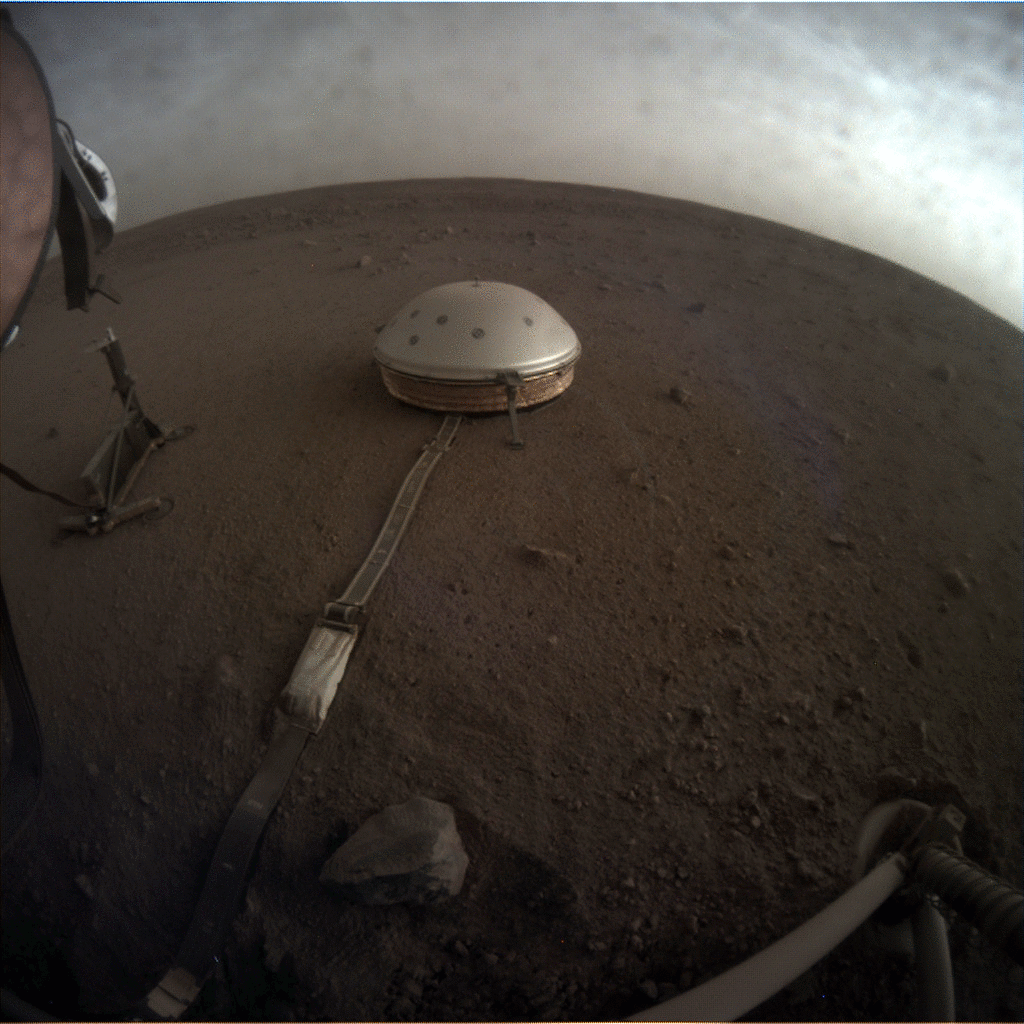Space is a global frontier. That’s why we partner with nations all around the world to further the advancement of science and to push the boundaries of human exploration. With international collaboration, we have sent space telescopes to observe distant galaxies, established a sustainable, orbiting laboratory 254 miles above our planet’s surface and more! As we look forward to the next giant leaps in space exploration with our Artemis lunar exploration program, we will continue to go forth with international partnerships!
Teamwork makes the dream work. Here are a few of our notable collaborations:
Artemis Program
Our Artemis lunar exploration program will send the first woman and the next man to the Moon by 2024. Using innovative technologies and international partnerships, we will explore more of the lunar surface than ever before and establish sustainable missions by 2028.
During these missions, the Orion spacecraft will serve as the exploration vehicle that will carry the crew to space, provide emergency abort capability and provide safe re-entry from deep space return velocities. The European Service Module, provided by the European Space Agency, will serve as the spacecraft’s powerhouse and supply it with electricity, propulsion, thermal control, air and water in space.

The Gateway, a small spaceship that will orbit the Moon, will be a home base for astronauts to maintain frequent and sustainable crewed missions to the lunar surface. With the help of a coalition of nations, this new spaceship will be assembled in space and built within the next decade.
Gateway already has far-reaching international support, with 14 space agencies agreeing on its importance in expanding humanity’s presence on the Moon, Mars and deeper into the solar system.
International Space Station

The International Space Station (ISS) is one of the most ambitious international collaborations ever attempted. Launched in 1998 and involving the U.S., Russia, Canada, Japan and the participating countries of the European Space Agency — the ISS has been the epitome of global cooperation for the benefit of humankind. The largest space station ever constructed, the orbital laboratory continues to bring together international flight crews, globally distributed launches, operations, training, engineering and the world’s scientific research community.
Hubble Space Telescope

The Hubble Space Telescope, one of our greatest windows into worlds light-years away, was built with contributions from the European Space Agency (ESA).

ESA provided the original Faint Object Camera and solar panels, and continues to provide science operations support for the telescope.

The Deep Space Network (DSN) is an international array of giant radio antennas that span the world, with stations in the United States, Australia and Spain. The three facilities are equidistant approximately one-third of the way around the world from one another – to permit constant communication with spacecraft as our planet rotates. The network supports interplanetary spacecraft missions and a few that orbit Earth. It also provides radar and radio astronomy observations that improve our understanding of the solar system and the larger universe!
Mars Missions
Information gathered today by robots on Mars will help get humans to the Red Planet in the not-too-distant future. Many of our Martian rovers – both past, present and future – are the products of a coalition of science teams distributed around the globe. Here are a few notable ones:
Curiosity Mars Rover

- France: ChemCam, the rover’s laser instrument that can analyze rocks from more than 20 feet away
- Russia: DAN, which looks for subsurface water and water locked in minerals
- Spain: REMS, the rover’s weather station
InSight Mars Lander

- France with contributions from Switzerland: SEIS, the first seismometer on the surface of another planet
- Germany: HP3, the heatflow probe that will help us understand the interior structure of Mars
- Spain: APSS, the lander’s weather station
Mars 2020 Rover

- Norway: RIMFAX, a ground-penetrating radar
- France: SuperCam, the laser instrument for remote science
- Spain: MEDA, the rover’s weather station
We partner with space agencies around the globe on space-analog missions. Analog missions are field tests in locations that have physical similarities to the extreme space environments. They take astronauts to space-like environments to prepare as international teams for near-term and future exploration to asteroids, Mars and the Moon.

The European Space Agency hosts the Cooperative Adventure for Valuing and Exercising human behavior and performance Skills (CAVES) mission. The two week training prepares multicultural teams of astronauts to work safely and effectively in an environment where safety is critical. The mission is designed to foster skills such as communication, problem solving, decision-making and team dynamics.

We host our own analog mission, underwater! The NASA Extreme Environment Mission Operations (NEEMO) project sends international teams of astronauts, engineers and scientists to live in the world’s only undersea research station, Aquarius, for up to three weeks. Here, “aquanauts” as we call them, simulate living on a spacecraft and test spacewalk techniques for future space missions in hostile environments.
International Astronautical Congress
So, whether we’re collaborating as a science team around the globe, or shoulder-to-shoulder on a spacewalk, we are committed to working together with international partners for the benefit of all humanity!
If you’re interested in learning more about how the global space industry works together, check out our coverage of the 70th International Astronautical Congress (IAC) happening this week in Washington, D.C. IAC is a yearly gathering in which all space players meet to talk about the advancements and progress in exploration.
Make sure to follow us on Tumblr for your regular dose of space: http://nasa.tumblr.com
